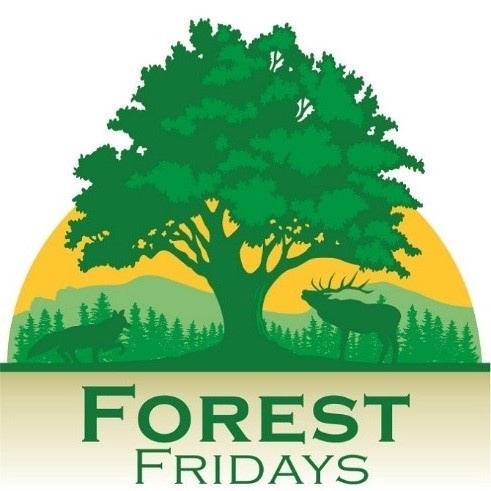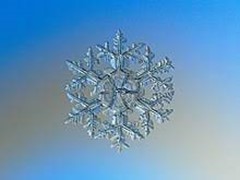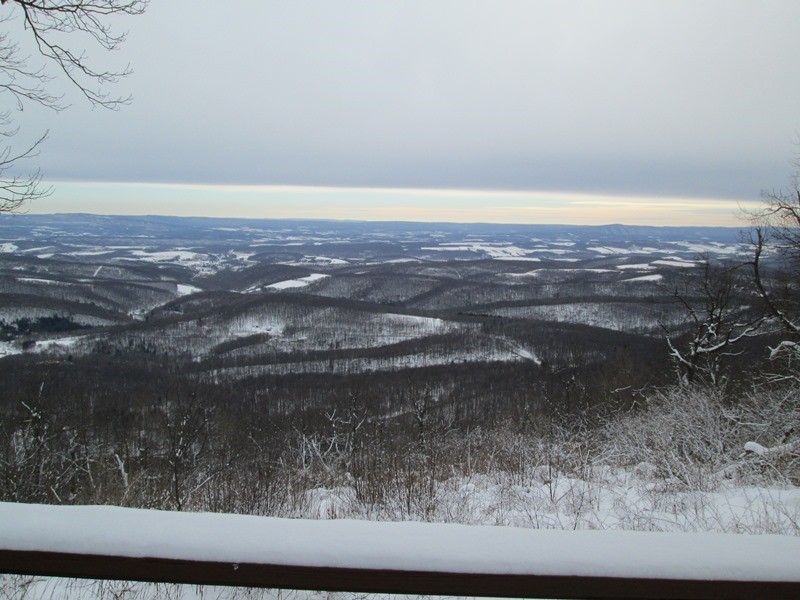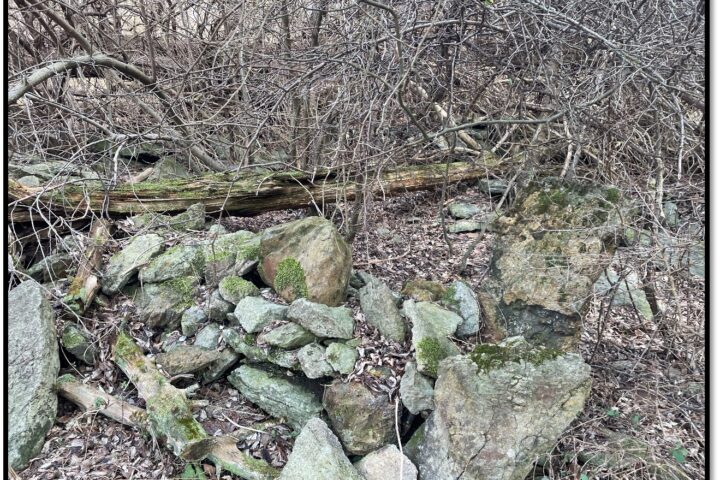
by Jeff Woleslagle
Every time we get a fresh blanket of snow in the forest, I almost always stop to wonder how many individual snowflakes I might be gazing at just in my field of vision. Both individually and collectively, snowflakes are amazing works of nature.
For example, it is true that no two snowflakes are exactly the same. Each individual snowflake is made up of approximately two hundred ice crystals and most have six sides. Every snowflake takes its own individual journey to reach the ground and that journey can help shape what it looks like.

from Wikimedia Commons
The shape snowflakes take is often determined by temperature and humidity too. When it is bitterly cold, the designs are simple, but when the temperature is holding right around the freezing point, the designs become far more complex. An average snowflake measures between .02 and .5 inches wide, but the largest snowflake ever recorded was an incredible fifteen inches wide, as measured in Montana in 1887. That Guinness world record holder is bigger than a frisbee.
On average, snowflakes fall from clouds to the ground at a rate of about three to four miles per hour. Blizzard conditions can make them move faster though.
When those snowflakes pile up on the ground by a few inches you may have noticed that the world suddenly seems much quieter. That is because snow is porous, so it absorbs sound and acts as a natural buffer to noise.

A final, neat snowflake fact is that snow isn’t actually white. Snowflakes are translucent so light is reflected off them, giving snow a white appearance most of the time. The next time we are treated to snow this winter, take a moment to consider the journey of a snowflake and just how truly amazing they are.
“Silently, like thoughts that come and go, the snowflakes fall, each one a gem.”
-William Hamilton Gibson
Forest Fridays are published weekly by the Bureau of Forestry, Pennsylvania Department of Conservation and Natural Resources.




